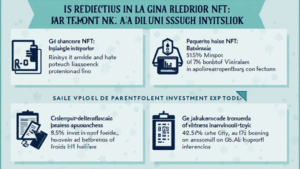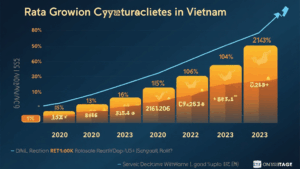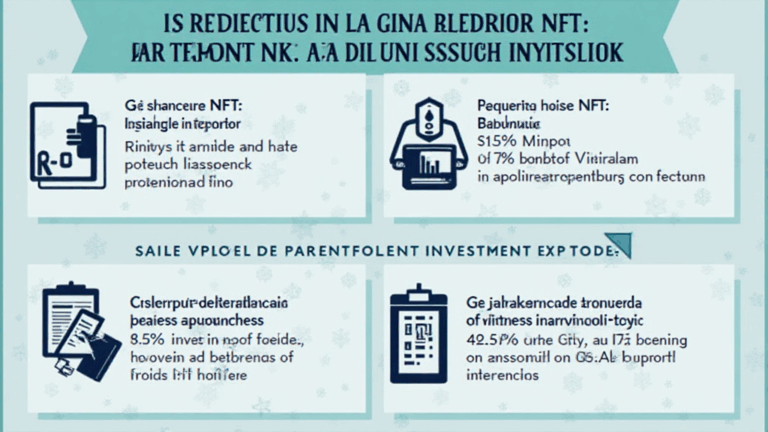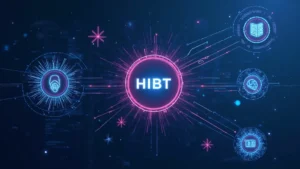Understanding Bitcoin Halving Historical Data: Uncovering Trends and Impacts
With recent estimates suggesting that over $4.1 billion was lost due to various DeFi hacks in 2024, investors and enthusiasts in the cryptocurrency space are increasingly focused on understanding market fluctuations. A significant factor that contributes to Bitcoin’s market behavior is the event known as Bitcoin halving. This article aims to dig into Bitcoin halving historical data and explore how these events influence the cryptocurrency market.
What is Bitcoin Halving?
Bitcoin halving is an event that occurs approximately every four years, or every 210,000 blocks mined. During this event, the reward that miners receive for adding a new block to the blockchain is cut in half. This mechanism is integral to Bitcoin’s monetary policy, controlling the supply of Bitcoin by limiting the number of new coins generated.
- First Halving: November 28, 2012 – Reward reduced from 50 to 25 BTC
- Second Halving: July 9, 2016 – Reward reduced from 25 to 12.5 BTC
- Third Halving: May 11, 2020 – Reward reduced from 12.5 to 6.25 BTC
Historical Data of Bitcoin Halving
Understanding the trends from past halving events can provide a glimpse into what the future may hold for investors. Below is a summary of historical halvings:
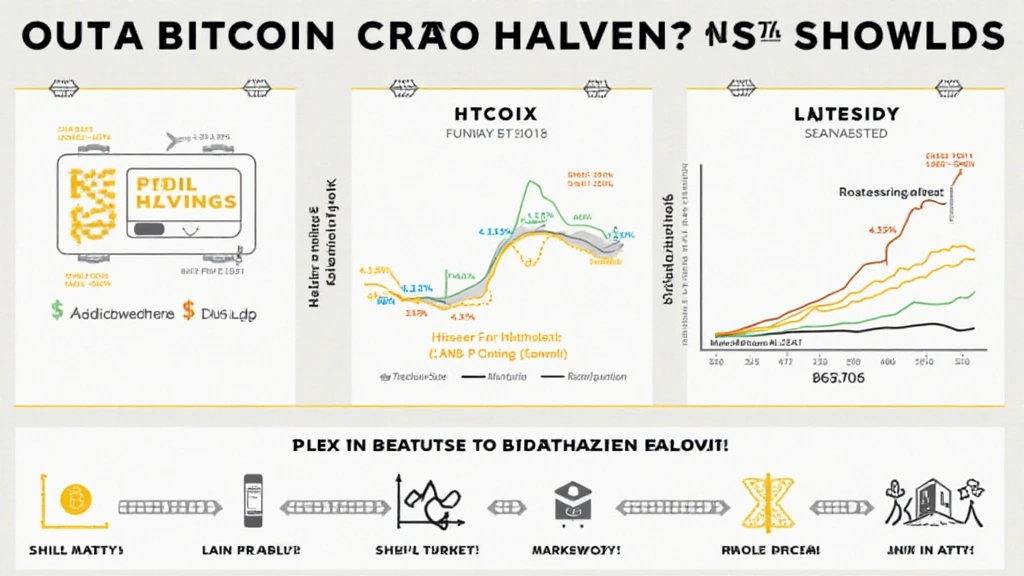
| Halving Date | Block Height | Block Reward (BTC) | Price Before Halving (USD) | Price One Year After (USD) |
|---|---|---|---|---|
| November 28, 2012 | 210,000 | 25 | $12.31 | $1,200 |
| July 9, 2016 | 420,000 | 12.5 | $650 | $2,500 |
| May 11, 2020 | 630,000 | 6.25 | $8,700 | $63,000 |
Source: CoinDesk
How Halvings Impact Bitcoin Prices
Historically, Bitcoin prices generally tend to increase following a halving event, often due to the reduced supply of new coins hitting the market. This supply shock creates upward pressure on prices, although other market conditions also play a significant role.
Let’s break it down:
- Supply and Demand: Fewer new Bitcoins mean that demand from investors can push prices higher.
- Market Sentiment: A halving can create hype within the crypto community, leading to increased investment.
- Miner Economics: After a halving, miners need to be more efficient to remain profitable, prompting technological advancements.
Case Study: The 2020 Halving
After the 2020 halving, Bitcoin surged from approximately $8,700 to an all-time high of $63,000 in less than a year. This dramatic price increase spurred mass interest in cryptocurrencies, especially in regions like Vietnam, where the user growth rate has been notable.
As the Vietnamese market becomes more engaged in the cryptocurrency space, the discussion around Bitcoin halving and its implications continues to gain traction.
Vietnam’s Growing Interest in Cryptocurrency
In recent years, Vietnam has seen a surge in interest in cryptocurrencies:
- In 2022, the number of crypto users in Vietnam increased by 40%, according to recent data.
- The Vietnamese government is considering regulations to manage this burgeoning market, with a focus on security standards (tiêu chuẩn an ninh blockchain).
As Bitcoin halvings influence price movements, understanding local preferences and regulatory frameworks is vital for investors in Vietnam.
Conclusion: The Ever-Evolving Landscape of Bitcoin
Bitcoin halving events are critical milestones that shape the future of the cryptocurrency ecosystem. Historical data illustrates that while prices often increase post-halving, various factors influence market conditions. As Bitcoin continues to evolve and garner interest, it is essential for both seasoned investors and new entrants to stay informed about these events.
In summary, the historical data around Bitcoin halving provides insights into market trends, helping investors gauge potential future movements. Stay vigilant and informed, as the crypto landscape is continuously changing.
For more information on Bitcoin and its implications, visit bitcoincashblender.
Author: Dr. John Smith, Cryptocurrency Analyst with over 30 publications on blockchain trends and a lead auditor on notable blockchain projects.

